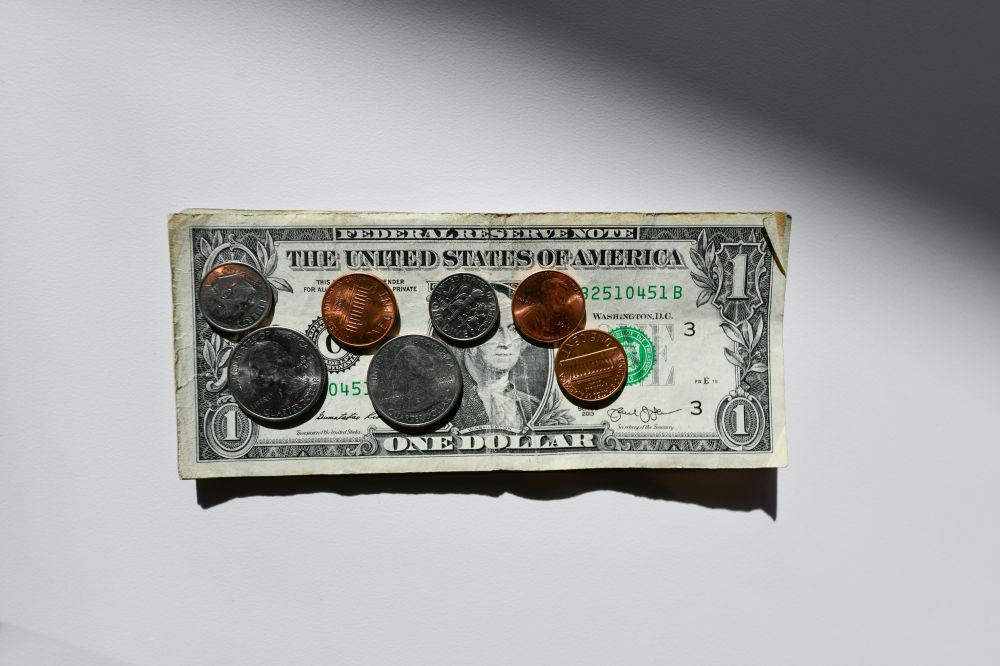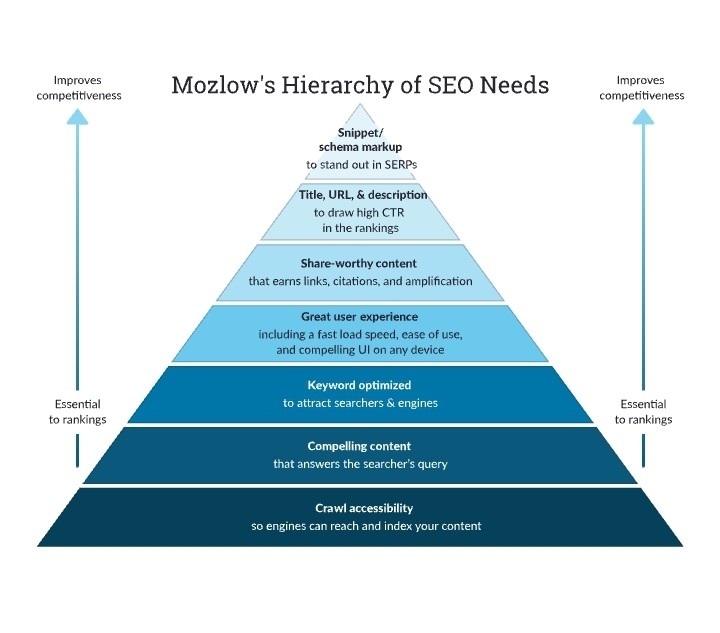Loan Amortization


What is Loan Amortization
Loan amortization or loan distribution is the process of scheduling a loan with a fixed rate and equal payments. Part of each payment includes interest, and the rest goes to the principal amount of the loan. More of each payment is paid towards principal and less toward interest until the loan is met.
Common amortized loans include personal loans from a bank, auto loans and home loans. Loan amortization determines the minimum monthly payment, but amortization does not prevent the borrower from making additional payments. the borrower retains the full interest rate over the term of the loan. This helps the borrower save more money from total interest over the entire term of the loan.

Types of Amortized Loans
- Auto loans – Loan for borrowing money to purchase a car or a truck.
- Home loans – a loan advanced to a person to assist in buying a house or flat.
- Equity loans – Allows homeowners to borrow against the equity in their home.
- Personal loans – Amount of money borrowed for personal reasons.
Most types of installment loans are amortized loans. Any loan that permits negative amortization is not an amortizing loan.
How loan amortization works
Loan amortization divides the loan balance into an equal repayment schedule based on the loan amount, loan term and specific interest rate. This loan repayment program allows borrowers to see what interest and principal they will have to pay for each monthly payment, as well as the balance due after each payment. The downside here is that obviously, interest will increase if the monthly payments are not made on time, which can disrupt an entire bill payment plan, increase the cost of interest, and possibly take longer to pay off. So, the best way out of this is to simply pay on time and in full.
Visit ikanobank.dk to learn more.


